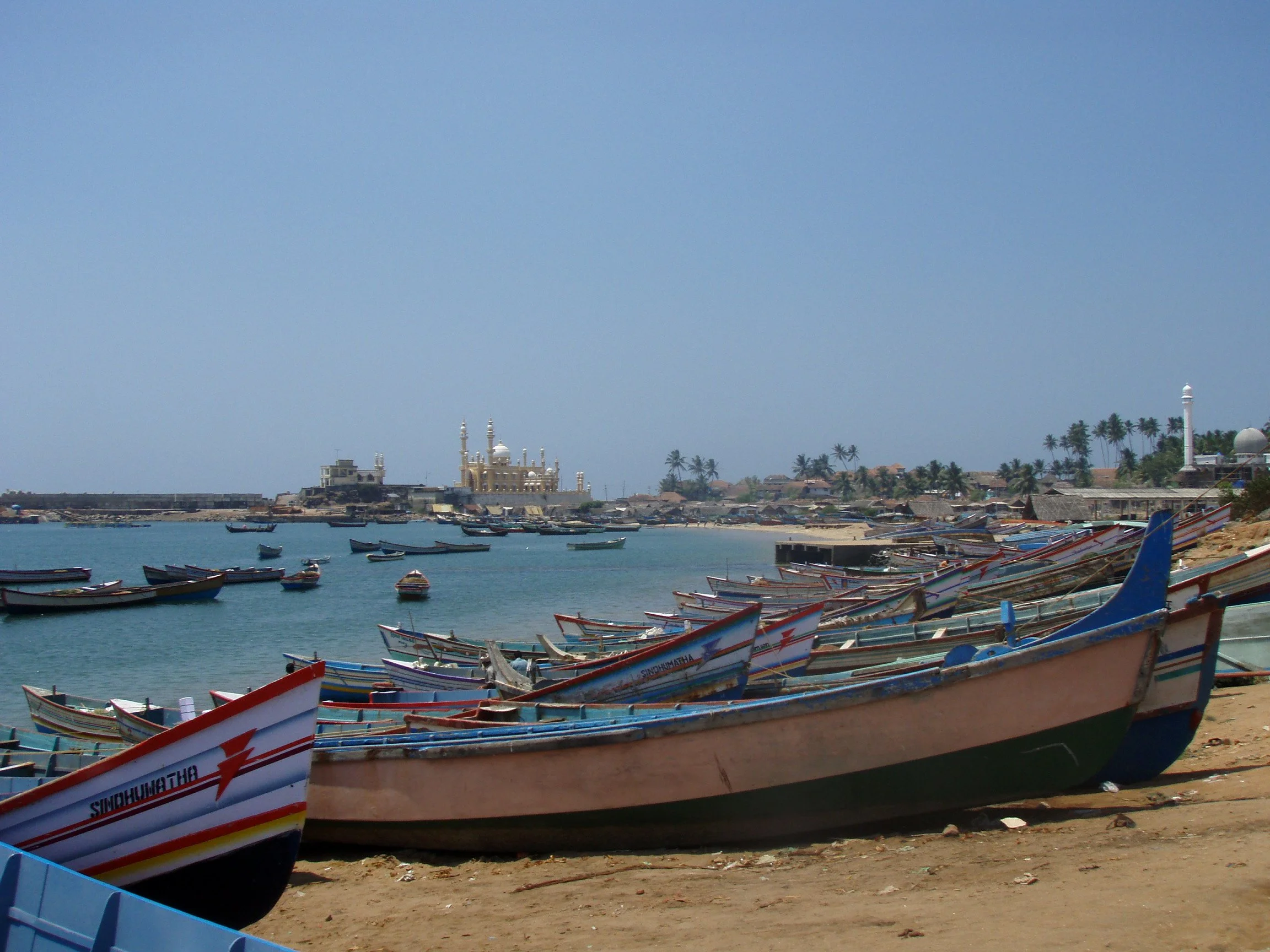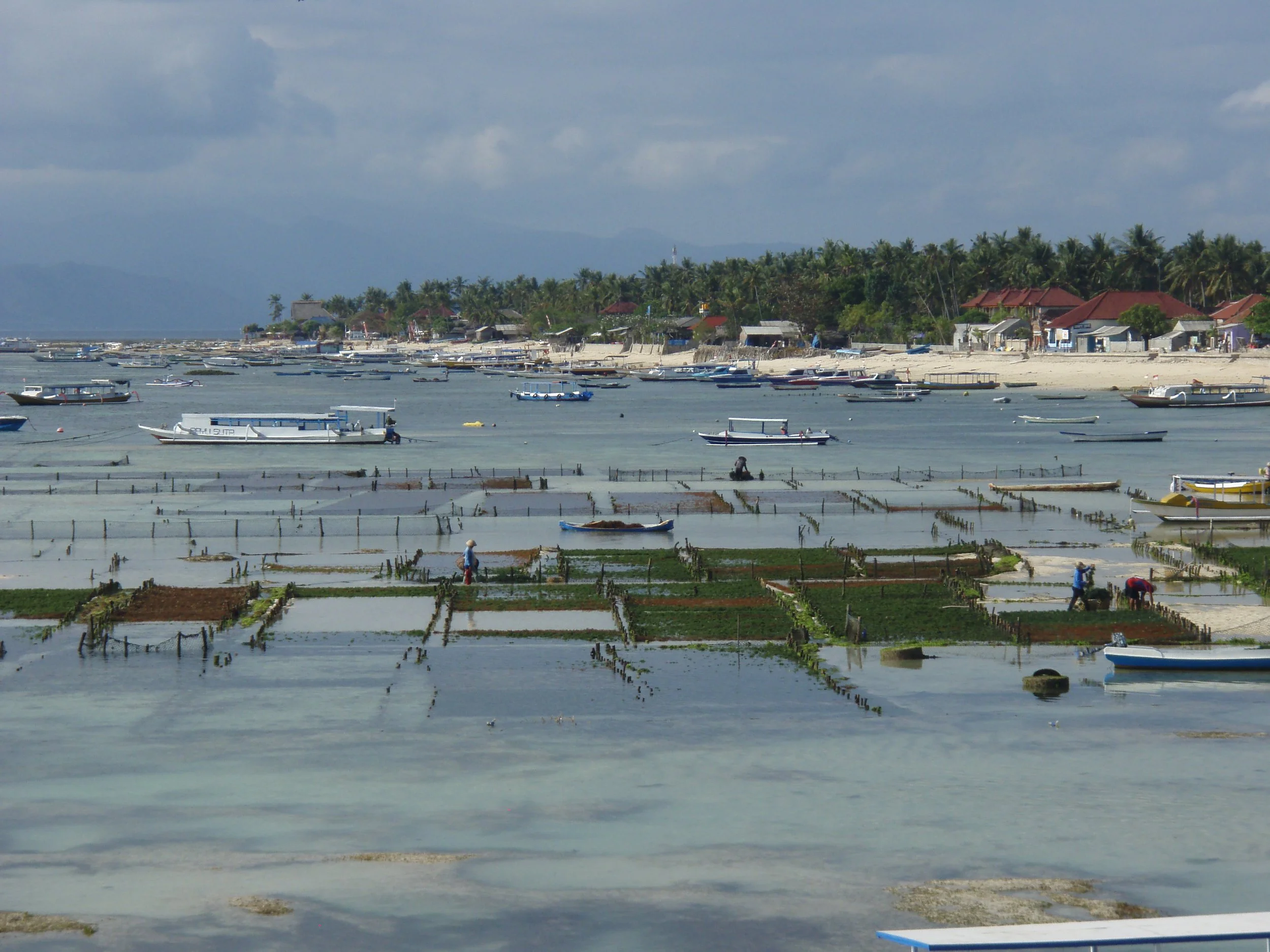
Fisheries Infrastructure Guidelines
Modernization of coastal and marine fisheries in Cambodia (where residents are heavily reliant upon fish as a source of animal protein) has been identified by the Asian Development Bank (ADB) as a top priority. Adaptation is essential and to achieve this the ADB has turned to Resilient Coasts for cutting-edge knowledge and technical assistance.
Natural and climate change-driven disasters such as tropical cyclones and storms, coastal flooding and sea level rise pose major threats to Cambodia’s coastlines. The country is heavily reliant on its’ fisheries industry for protein production and livelihoods. Coastal infrastructure is set to face significant challenges, especially with projections that climate change will increase the frequency of natural disasters leading to higher losses and damages for the industry and disruption of livelihoods within the local community. The necessity of modernizing Cambodia’s coastal and marine fisheries infrastructure has been identified by the ADB as crucial for the future sustainability of the industry.
Resilient Coasts worked alongside the ADB to deliver high-level knowledge and to provide technical assistance. Wherever it was beneficial, nature-based solutions (NbS) were suggested and were, as a result, added to Cambodia's long-term disaster resilience coastal and fisheries plan. Resilient Coasts designed and delivered a series of workshops in Cambodia with key stakeholders within the Cambodian Government and associated industries. Feedback from these workshops, as well as information from an extensive literature review, was summarized into a guidance document of resilient coastal and marine methods for Cambodia's coastline and fisheries industry. The guidance document included graphic designs of resilient port structuring as well as case study appraisal of local and international uses of NbS for resilient coastal and fisheries infrastructure development.


